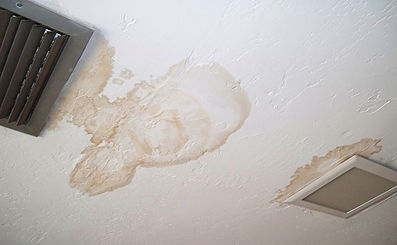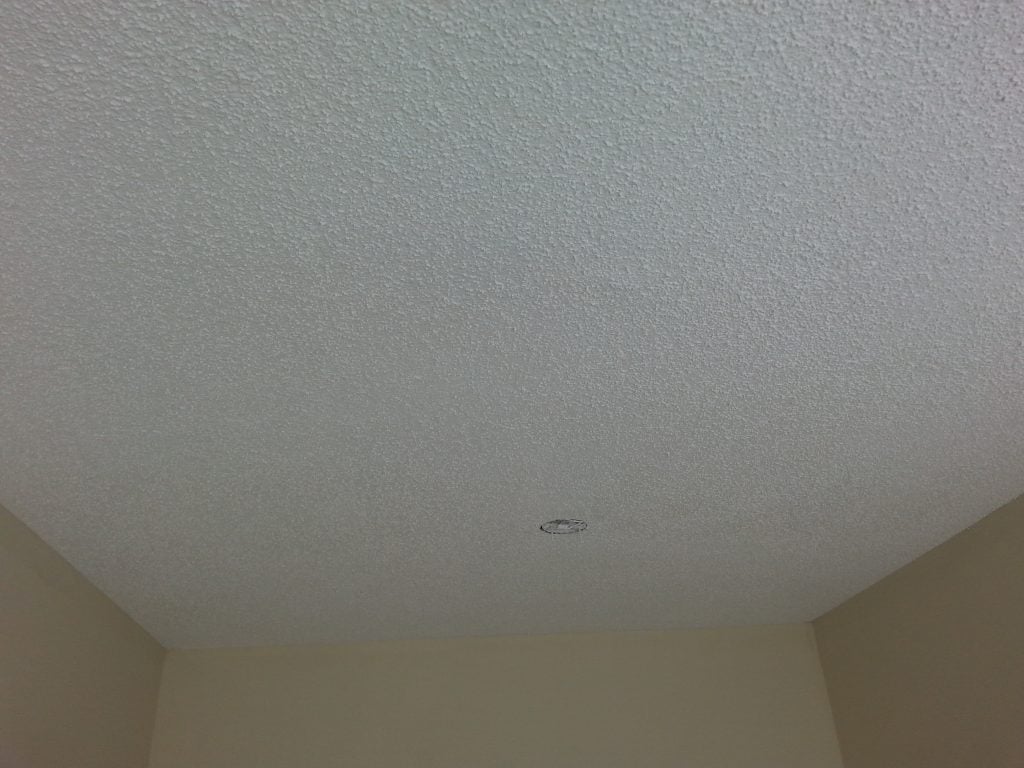Presented here in the next paragraph you can find additional sensible information and facts on the subject of How to Find and Repair Water Leaking in the Wall.

Water discolorations on wall surfaces are not enjoyable to the eyes. Your residence needs to lack spots on the walls, roof, or floorings. That is the suitable state of a house as well as its structures. In some cases it seems virtually unpreventable to experience water stains on wall surfaces in homes.
House owners living in moist regions frequently handle the anxiety of water spots on wall surfaces. However that does not have to hold true for you. With precise and all-round information on the root causes of water stains as well as punctual repair work procedures, you will constantly be a step ahead of such incidents. So, this write-up guarantees to be a handy guide for you.
3 Usual Sources Of Water Stains on Walls
In contrast to common belief, water discolorations on walls do not always originate from inadequate building materials. There are a number of root causes of water discolorations on walls. These include:
Moist
When warm wet air meets dry cold air, it triggers water droplets to base on the wall surfaces of structures. When there is steam from cooking or showers, this occurs in shower rooms and also cooking areas. The water beads can tarnish the bordering walls in these parts of your home and spread to other areas.
Damp or condensation influences the roof covering and walls of buildings. This triggers them to show up darker than various other locations of the residence. When the wall is wet, it creates a suitable atmosphere for the growth of fungis and also microbes. These may have adverse effects on health and wellness, such as allergies as well as breathing problems.
Poor Drainage
This will protect against water from leaking into the wall surfaces. This links to excessive wetness that you see on the wall surfaces of your structure.
The leading reason of wet walls, in this instance, can be an inadequate drain system. It can likewise be due to poor monitoring of sewer pipes that run through the structure.
Pipeline Leaks
Many homes have a network of pipes within the wall surfaces. This guarantees that the pipes are faraway from the reach of harmful rodents. It always raises the feasibility of such pipes, as there is little oxygen within the wall surfaces. This inhibits rust.
A disadvantage to this is that water leak affects the wall surfaces of the building and also triggers widespread damages. An indication of faulty pipelines is the appearance of a water tarnish on the wall.
Pro Pointer
A houseplant in your home also boosts its humidity. So, if your house is already moist, you may intend to introduce houseplants with marginal transpiration. An instance of suitable houseplants is succulents.
Water Discolorations on Wall: Fixing Tips
Property owners would usually want a quick fix when managing water stains. Yet, they would quickly realize this is detrimental as the water discolorations repeat. Right here are a couple of helpful suggestions that will certainly lead you in the fixing of water stains on walls:
Conclusion
No one wants to have water stains on walls in their house, it can occur to the ideal of us. This write-up offers you utilize, as you now know how to handle this accident if it does happen.
It is always best to recruit expert services to assist take care of the problems in your house.
Often it appears nearly unpreventable to experience water discolorations on wall surfaces in residences.
Contrary to preferred idea, water spots on walls do not always stem from poor structure products. There are a number of causes of water stains on walls. The water beads can tarnish the surrounding wall surfaces in these components of your house and spread to other locations.
Right here are a few useful tips that will certainly assist you in the repair service of water stains on walls:
How to Remove Water Stains From Your Walls Without Repainting
The easy way to get water stains off walls
Water stains aren’t going to appear on tile; they need a more absorbent surface, which is why they show up on bare walls. Since your walls are probably painted, this presents a problem: How can you wash a wall without damaging it and risk needing to repait the entire room?
According to Igloo Surfaces, you should start gently and only increase the intensity of your cleaning methods if basic remedies don’t get the job done. Start with a simple solution of dish soap and warm water, at a ratio of about one to two. Use a cloth dipped in the mixture to apply the soapy water to your stain. Gently rub it in from the top down, then rinse with plain water and dry thoroughly with a hair dryer on a cool setting.
If that doesn’t work, fill a spray bottle with a mixture of vinegar, lemon juice, and baking soda. Shake it up and spray it on the stain. Leave it for about an hour, then use a damp cloth to rub it away. You may have to repeat this process a few times to get the stain all the way out, so do this when you have time for multiple hour-long soaking intervals.
How to get water stains out of wood
Maybe you have wood paneling or cabinets that are looking grody from water stains too, whether in your kitchen or bathroom. Per Better Homes and Gardens, you have a few options for removing water marks on your wooden surfaces.
You can let mayonnaise sit on your stain overnight, then wipe it away in the morning and polish your wood afterward. You can also mix equal parts vinegar and olive oil and apply to the stain with a cloth, wiping in the direction of the grain until the stain disappears. Afterward, wipe the surface down with a clean, dry cloth. Try placing an iron on a low heat setting over a cloth on top of the stain. Press it down for a few seconds and remove it to see if the stain is letting up, then try again until you’re satisfied. (Be advised that this works best for still-damp stains.) https://lifehacker.com/how-to-remove-water-stains-from-your-walls-without-repa-1849742925

As an enthusiastic person who reads on , I was thinking sharing that piece was sensible. Sharing is nice. You never know, you may very well be helping someone out. Many thanks for going through it.
Check This Out